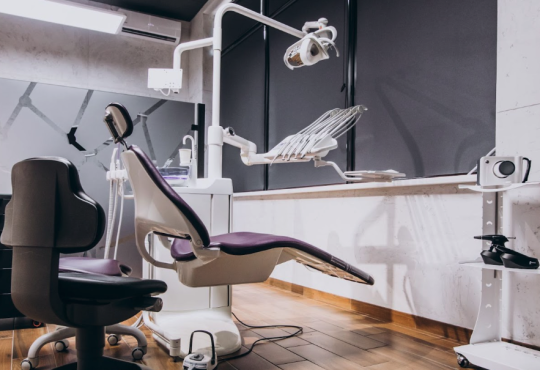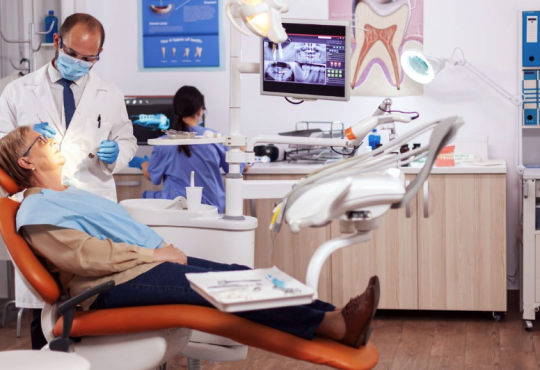
Introduction
In today’s healthcare environment, clinicians often find themselves spending more time navigating screens than engaging with patients. An EHR System that adapts to individual workflows can transform this dynamic. By reducing unnecessary clicks and presenting relevant information upfront, providers can focus on delivering personalized care. In this article, we explore how an adaptive platform supports better patient engagement and improved outcomes, while integrating both clinical documentation and administrative tasks under one roof.
Understanding an Adaptive EHR System
An adaptive EHR System is built to recognize the unique needs of different specialties, whether primary care, pediatrics, or cardiology. Instead of rigid templates, it offers customizable dashboards and charting tools. Providers can tailor their interface to surface the patient data most relevant to each visit, minimizing time spent searching for notes or lab results. As a result, clinicians maintain more face-to-face interaction, fostering stronger patient relationships.
Reducing Screen Engagement
Traditional EHR interfaces often require excessive navigation through menus and tabs. With an adaptive approach, key fields and prompts appear directly in the workflow. For instance, built-in voice-to-text functionality enables providers to dictate notes swiftly, cutting down on typing. When fewer clicks are needed to document an encounter, clinicians can devote their attention to listening and responding to patient concerns. This shift from screen-focused tasks to patient-centered care leads to a more satisfying clinical experience.
Enhancing Patient Communication
Patient portals and secure messaging modules are integral to an adaptive EHR System. Through these features, individuals can review visit summaries, lab results, and medication instructions from home. They can also send nonurgent questions or appointment requests directly to their care team. By facilitating continuous two-way communication, patients feel more involved in their care plan. Providers receive timely notifications about patient inquiries, allowing for prompt follow-up without requiring a phone call.
Streamlining Clinical Workflow
A comprehensive EHR Software for Healthcare integrates document management, telehealth, and billing modules in one environment. Clinicians can scan referral letters and diagnostic reports directly into the digital chart, eliminating paper-based filing. Digital templates for intake forms and consent paperwork can be shared with patients via the portal, enabling electronic signatures before the visit. When documentation, scheduling, and billing are unified, staff waste less time on data entry and reconciliation. This streamlined workflow translates to shorter wait times and smoother patient encounters.
Supporting Evidence-Based Practices
Quality measure tracking is essential for value-based care and regulatory compliance. An adaptive EHR System embeds clinical decision support tools that prompt providers when preventive screenings or chronic disease follow-ups are due. Real-time alerts appear within the patient chart, reminding clinicians to address any outstanding measures before concluding the visit. By automating reminders for vaccinations, cancer screenings, or diabetes management, the platform helps ensure that best practices are consistently applied, ultimately improving patient outcomes.
Measuring Impact on Patient Satisfaction
When patients experience seamless communication and reduced administrative hurdles, satisfaction naturally increases. An adaptive EHR System helps providers maintain eye contact and engage in active listening, reinforcing trust and rapport. Patients who can access their health information online and complete paperwork in advance report lower stress levels and greater confidence in their care team. Over time, this heightened engagement leads to better adherence to treatment plans, fewer no-shows, and, ultimately, stronger health outcomes.
Conclusion
Implementing an adaptive EHR System shifts the focus from managing technology to prioritizing patient care. By reducing screen engagement, enhancing communication channels, and integrating clinical workflows, providers can deliver more personalized services. A platform that embraces customization and evidence-based prompts supports both clinician efficiency and patient satisfaction. Practices that invest in adaptive EHR solutions are better positioned to navigate today’s complex healthcare landscape and foster long-term patient relationships.







